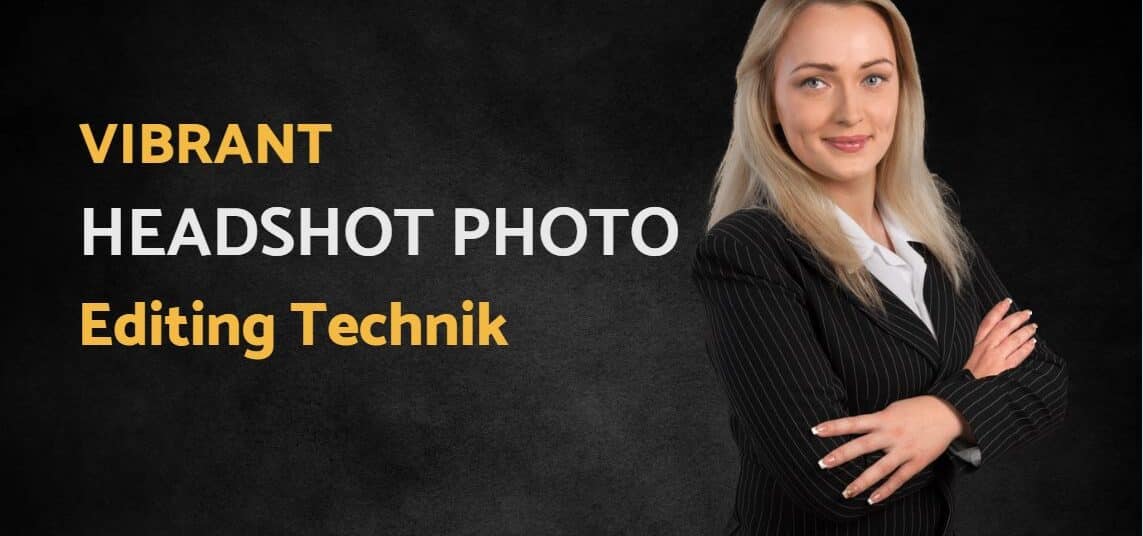From Ordinary to Extraordinary: Mastering Headshot Photo Editing for Stunning Results

Are you looking to enhance your headshot photos and make them stand out from the crowd? In this article, we will guide you through the process of mastering headshot photo editing techniques that will transform your ordinary shots into extraordinary ones. Whether you’re a professional photographer or an amateur enthusiast, these tips and tricks will help you achieve stunning results. So, let’s dive in and unlock the secrets of headshot photo editing!
Table of Contents
- Introduction
- Importance of Headshot Photo Editing
- Understanding Lighting and Composition
- Selecting the Right Software
- Basic Editing Techniques
- Enhancing Facial Features
- Adjusting Colors and Tones
- Removing Blemishes and Imperfections
- Retouching Hair and Makeup
- Adding Special Effects
- Exporting and Saving Your Edited Headshots
- Tips for Consistency Across Multiple Headshots
- Showcasing Your Edited Headshots
- Frequently Asked Questions (FAQs)
- Can I edit headshot photos on my smartphone?
- What is the best software for headshot photo editing?
- How can I make the eyes pop in a headshot?
- Is it necessary to retouch skin imperfections?
- How can I achieve a natural-looking result in headshot editing?
1. Introduction
Headshot photos play a crucial role in various professional fields, such as modeling, acting, corporate branding, and social media profiles. An exceptional headshot can leave a lasting impression on viewers and help you stand out in a competitive industry. While a skilled photographer can capture a great shot, the editing process allows you to enhance and refine the image to achieve stunning results.
2. Importance of Headshot Photo Editing
Headshot photo editing goes beyond simple adjustments; it helps you highlight the best features, correct imperfections, and create a polished and professional look. Through editing, you can enhance the lighting, composition, colors, and overall aesthetics of the photo, making it more captivating and engaging. The goal is to present yourself or your subjects in the best possible light, leaving a memorable impact on anyone who sees the photo.
3. Understanding Lighting and Composition
Before diving into the editing process, it’s important to understand the significance of lighting and composition in headshot photography. Proper lighting techniques can dramatically improve the quality of your photos, highlighting facial features and bringing out the subject’s personality. Similarly, composing the shot effectively ensures that the focus remains on the subject while creating a visually pleasing composition.
4. Selecting the Right Software
To master headshot photo editing, you need to select the right software that suits your needs and preferences. Adobe Photoshop and Adobe Lightroom are popular choices among professionals due to their powerful editing capabilities and versatile features. However, there are also user-friendly alternatives like Affinity Photo and Capture One that offer robust editing tools.
5. Basic Editing Techniques
In this section, we will cover some basic editing techniques to get you started. These include adjusting exposure, contrast, and saturation, as well as cropping and straightening the image. These fundamental edits lay the foundation for further enhancements in the subsequent steps.
6. Enhancing Facial Features
Facial features play a significant role in headshot photography, and editing allows you to emphasize and refine them further. You can enhance the eyes, whiten teeth, smooth skin, and define facial contours using various tools and techniques. It’s important to maintain a balance and avoid excessive retouching, ensuring that the final result looks natural and authentic.
7. Adjusting Colors and Tones
Colors and tones contribute to the overall mood and atmosphere of a headshot photo. By adjusting white balance, color temperature, and vibrancy, you can create a harmonious and visually appealing color palette. Additionally, controlling shadows and highlights helps to add depth and dimension to the image.
8. Removing Blemishes and Imperfections
Even with proper preparation, blemishes and imperfections can sometimes appear in headshot photos. Fortunately, editing allows you to remove or reduce the visibility of such flaws. Tools like the healing brush and clone stamp tool can help you achieve a flawless and professional look while maintaining the natural texture of the skin.
9. Retouching Hair and Makeup
Hair and makeup play a crucial role in headshot photography, and editing can help you refine and enhance these elements. You can fix flyaway hairs, adjust hair color, and even add volume or texture. Similarly, you can refine makeup, enhance lip color, and add subtle details to make the subject’s features more prominent.
10. Adding Special Effects
In some cases, adding special effects can elevate your headshot photos to the next level. From creating a soft focus effect to applying artistic filters, there are numerous techniques you can use to add a unique touch to your images. However, it’s essential to use these effects sparingly and ensure they enhance the photo rather than overpower it.
11. Exporting and Saving Your Edited Headshots
Once you have completed the editing process, it’s important to export and save your edited headshots properly. Choosing the appropriate file format and resolution ensures that your photos maintain their quality when shared or printed. It’s also recommended to save a backup copy to avoid any loss of data.
12. Tips for Consistency Across Multiple Headshots
If you’re editing a series of headshots, maintaining consistency is key. This involves ensuring consistent lighting, color grading, and retouching techniques across all the photos. By establishing a workflow and using presets or actions, you can save time and maintain a cohesive look throughout your collection.
13. Showcasing Your Edited Headshots
Finally, it’s time to showcase your edited headshots to the world. Whether you’re building a portfolio, updating your social media profiles, or presenting them to clients, it’s important to choose the right platform and display them in a visually appealing manner. Websites, social media platforms, and professional printing services can help you share and promote your stunning headshot photos.
Conclusion
Mastering headshot photo editing allows you to transform ordinary shots into extraordinary ones. By understanding the importance of lighting, composition, and post-processing techniques, you can create captivating and professional-looking headshots. Remember to maintain a balance between enhancements and naturalness, allowing the subject’s personality to shine through. So, grab your camera, explore the world of headshot photography, and unleash your creativity!
Frequently Asked Questions (FAQs)
1. Can I edit headshot photos on my smartphone?
Yes, you can edit headshot photos on your smartphone. There are several mobile apps available that offer powerful editing tools and features specifically designed for mobile devices. However, for more advanced editing capabilities, using desktop software like Adobe Photoshop or Lightroom is recommended.
2. What is the best software for headshot photo editing?
The best software for headshot photo editing depends on your specific needs and preferences. Adobe Photoshop and Adobe Lightroom are popular choices among professionals due to their extensive editing capabilities. However, other software like Affinity Photo and Capture One also provide excellent features and areworth considering. Ultimately, the best software is the one that suits your workflow and allows you to achieve the desired results.
3. How can I make the eyes pop in a headshot?
To make the eyes pop in a headshot, you can use various techniques during the editing process. Enhancing the brightness, clarity, and sharpness of the eyes can draw attention to them. Additionally, adjusting the iris color and adding a subtle catchlight can make the eyes appear more vibrant and engaging.
4. Is it necessary to retouch skin imperfections?
Retouching skin imperfections in headshot photos is a common practice. However, the extent of retouching should be done in moderation to maintain a natural and authentic look. The goal is to reduce the visibility of blemishes, scars, and other imperfections without completely erasing the subject’s unique features.
5. How can I achieve a natural-looking result in headshot editing?
To achieve a natural-looking result in headshot editing, it’s important to strike a balance between enhancements and preserving the subject’s original features. Avoid excessive retouching and aim for subtle improvements that enhance the overall appearance without making it look overly edited. Pay attention to details such as skin texture, color accuracy, and maintaining the integrity of facial features.

